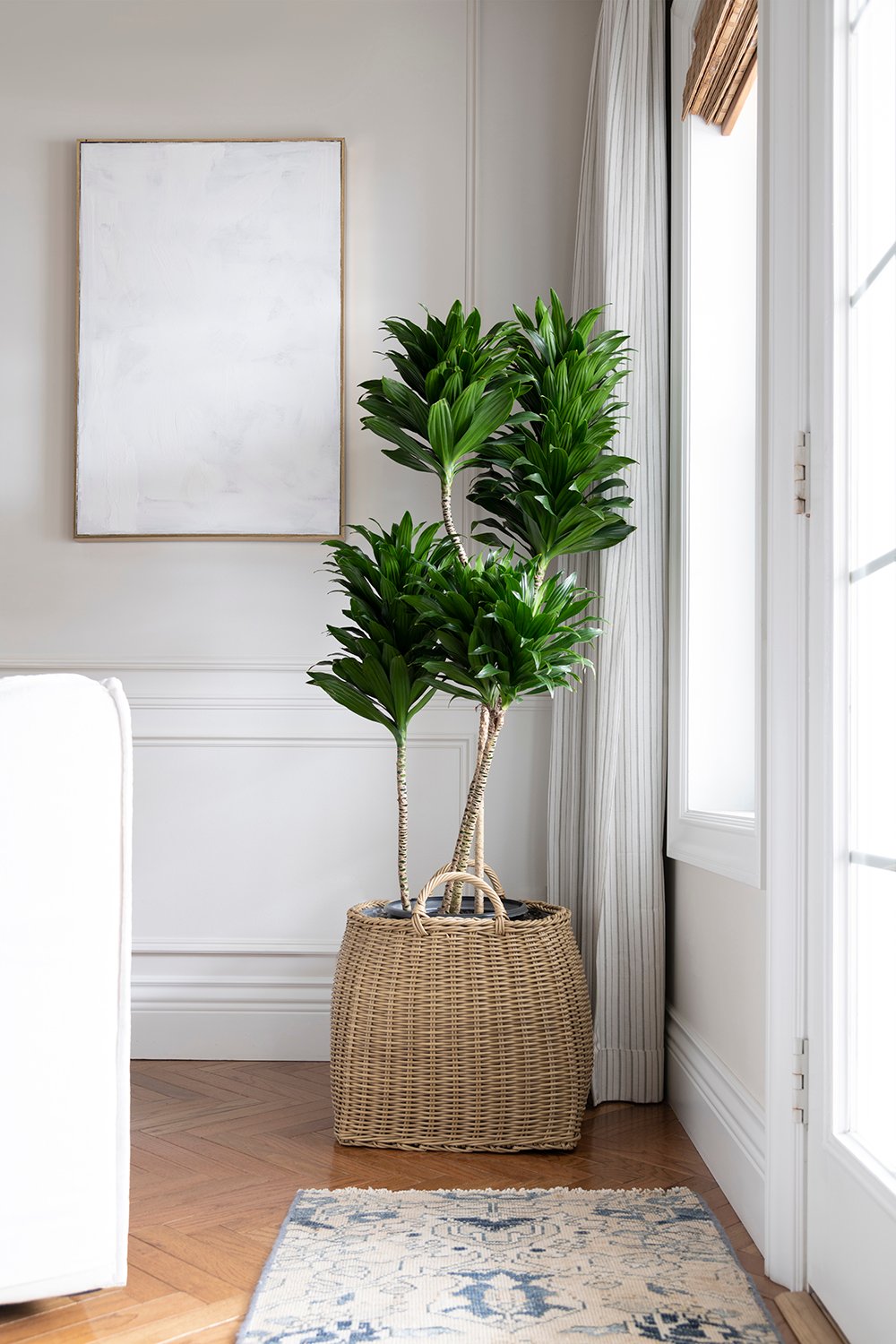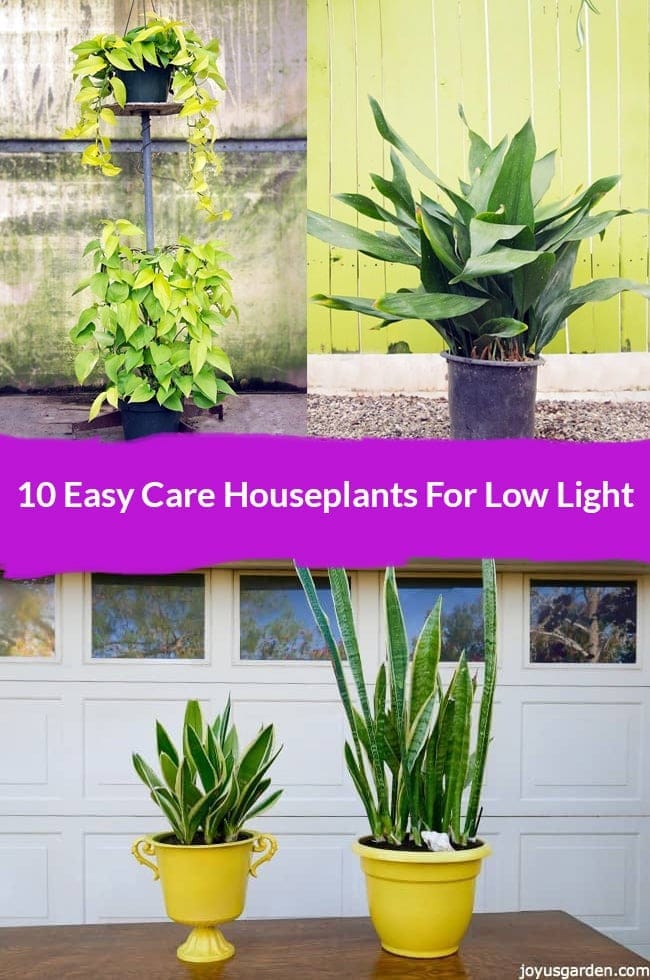Transform Your Home With Beautiful Low-Light Indoor Plants and Their Benefits
Including low-light indoor plants into your home can substantially boost both the aesthetic and environmental high quality of your home. These plants, which flourish in dim conditions, serve not only as attractive elements but also as natural air purifiers, making them perfect for metropolitan dwellers or those with limited sunlight exposure. As we check out the different sorts of low-light plants and their benefits, you may discover shocking means to incorporate them into your home that can transform your surroundings in means you could not have expected.
Benefits of Low-Light Plants
Low-light plants use various advantages for interior atmospheres, making them an exceptional option for both beginner and skilled gardeners. Among the main benefits is their flexibility to low-light problems, enabling individuals to enhance their living spaces without the demand for comprehensive sunlight direct exposure. This particular makes them excellent for homes, workplaces, and other locations with minimal natural light.

Additionally, including low-light plants right into home decoration can raise the aesthetic charm of a room. Their lavish foliage and differed textures create a soothing environment, adding to total well-being. The visibility of plant has been linked to lowered stress and anxiety degrees and improved efficiency, making low-light plants a sensible option for improving both psychological and physical health and wellness in indoor settings.
Top Low-Light Indoor Plants
While many interior plants flourish in intense light, several varieties are especially well-suited for low-light conditions, making them optimal for various interior spaces. One prominent choice is the Snake Plant (Sansevieria), known for its striking upright leaves and resilience, calling for minimal care. Another superb alternative is the Pothos (Epipremnum aureum), which features heart-shaped fallen leaves and can route perfectly from shelves or wall mounts, thriving in low light and including a lush touch.
The ZZ Plant (Zamioculcas zamiifolia) is commemorated for its glossy fallen leaves and ability to endure forget, making it ideal for hectic way of lives. The Peace Lily (Spathiphyllum) not only tolerates low light however likewise creates sensational white blossoms, boosting any room's aesthetic.
For a special touch, take into consideration the Cast Iron Plant (Aspidistra elatior), which certainly meets its name, thriving in the darkest corners of your home. Finally, the Chinese Evergreen (Aglaonema) uses a selection of fallen leave patterns and shades while being remarkably flexible in low-light conditions. These plants not just improve interior atmospheres but also add to air filtration, improving your space.
Care Tips for Low-Light Plants

Sprinkling practices are crucial; these plants often favor somewhat completely dry conditions. Overwatering can lead to root rot, so make certain that the top inch of soil is completely dry before sprinkling once again. Use pots with water drainage openings to allow excess moisture to run away.
Moisture is one more important variable. Lots of low-light plants, such as ferns and tranquility lilies, gain from higher moisture levels. To boost moisture, consider misting the fallen leaves or placing a tray of water near the plants.
Fertilization should be approached with care. During the expanding season, make use of a he said watered down, well balanced liquid plant food each month to support growth, but prevent fertilizing throughout the dormant winter season.

Creative Ways to Show Plants
Interior plants can function as captivating prime focus in any room, improving both visual allure and setting. Creative screens can boost the visual influence of low-light plants, making them an essential component of your home decoration. One efficient method is to utilize tiered plant stands, which permit you to display numerous plants at differing elevations while taking full advantage of floor area.
Hanging planters are one more ingenious choice, producing a sense of depth and drawing the eye upward. Consider macramé wall mounts or wall-mounted racks to present an unique appearance and design.
For an extra organized technique, usage geometric terrariums or glass containers to house your plants, adding a contemporary touch to your indoor garden. You can also repurpose vintage things, such as teacups or wood crates, for an eclectic display that reflects your personality.
Enhancing Home Ambiance With Plants
Incorporating low-light plants right into your home not just boosts visual appeal yet additionally contributes dramatically to the total find more setting. These plants work as natural design components, introducing a feeling of peace that can change any area. The visibility of plant fosters a soothing environment, which is especially valuable in high-stress settings such as home offices or living spaces.
Low-light plants, such as serpent plants, pothos, and ZZ plants, are not only aesthetically pleasing but additionally enhance interior air top quality by filtering pollutants. This double feature improves the ambiance better, developing a healthier home (Best low-light indoor plants). The strategic positioning of these plants can also affect the understanding of space; for circumstances, tall plants can draw the eye upward, making ceilings show up higher and areas a lot more large
Additionally, varying textures and shades of foliage include deepness to interior decoration, permitting for imaginative expression in home designing. Whether put on racks, in edges, or as focal points, low-light plants can raise the state of mind of any kind of room. In summary, incorporating these plants right into your home is an efficient means to cultivate a warm, welcoming atmosphere while profiting of improved air high quality and aesthetic versatility.
Final Thought
Including low-light indoor plants right into home atmospheres uses countless advantages, consisting of boosted visual allure and improved air quality. helpful hints These resilient plants, such as the Snake Plant and Peace Lily, require minimal light and upkeep, making them appropriate for varied way of livings. Their capacity to filter toxins adds to a much healthier home, while their different structures and colors enrich interior design (Best low-light indoor plants). Ultimately, the inclusion of low-light plants fosters a serene and welcoming setting, changing any kind of home right into a serene sanctuary.
While lots of indoor plants prosper in brilliant light, several types are specifically fit for low-light problems, making them excellent for different indoor rooms. One efficient method is to make use of tiered plant stands, which allow you to display several plants at varying heights while making the most of flooring area.
Low-light plants, such as snake plants, pothos, and ZZ plants, are not only cosmetically pleasing however additionally enhance indoor air top quality by filtering toxins. Best low-light indoor plants. The calculated placement of these plants can likewise influence the understanding of space; for circumstances, high plants can attract the eye up, making ceilings appear greater and rooms extra large
These resistant plants, such as the Snake Plant and Tranquility Lily, require very little light and upkeep, making them appropriate for diverse way of lives.